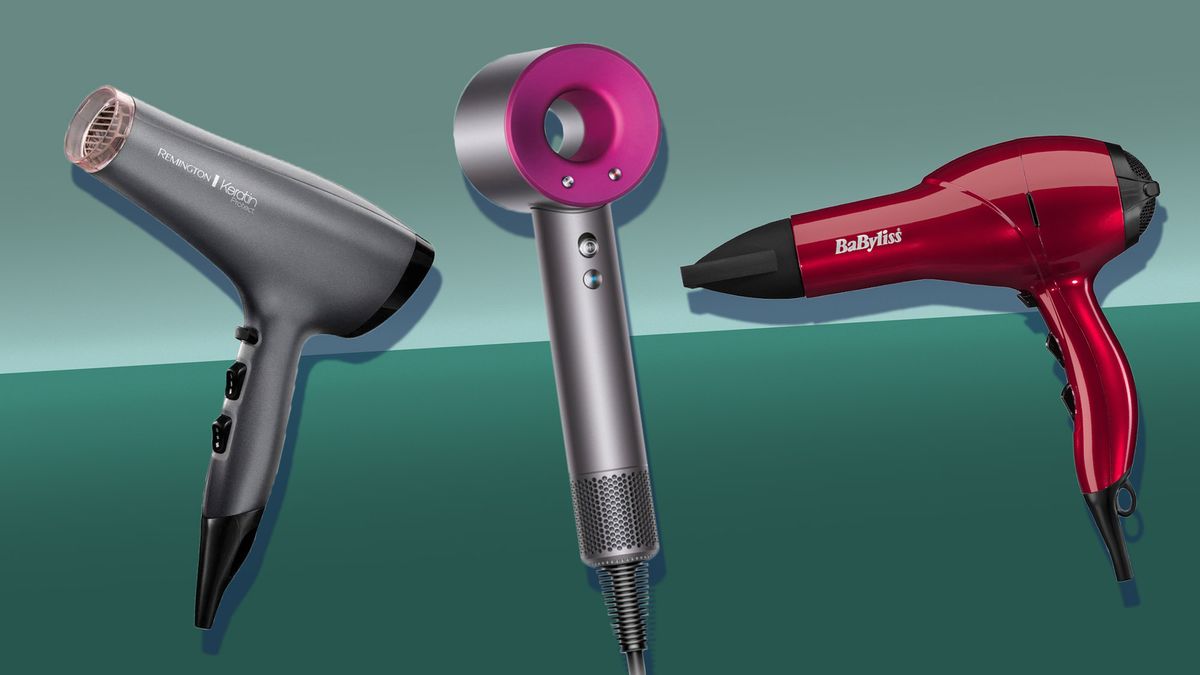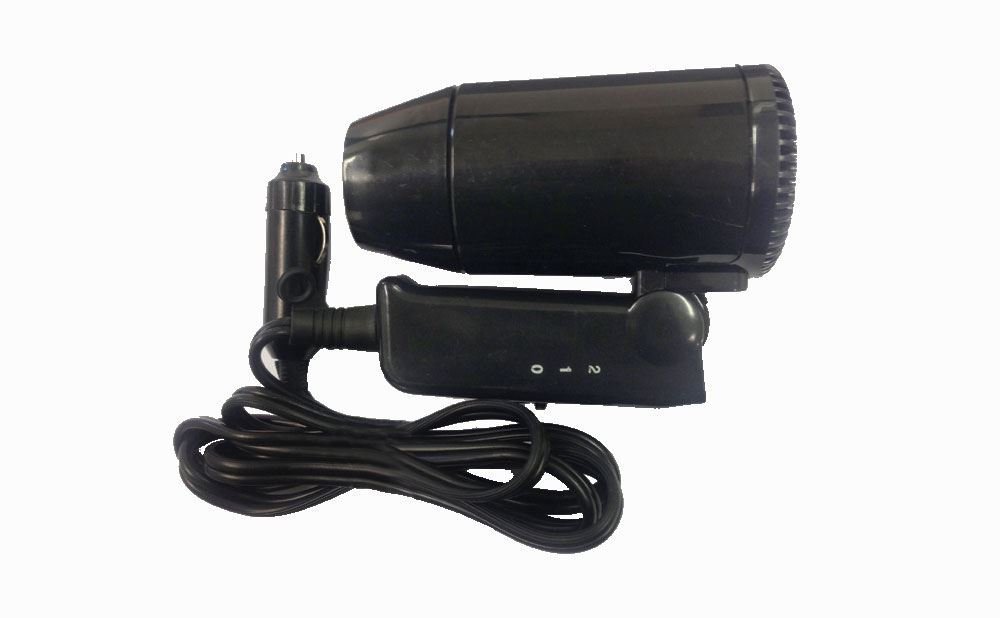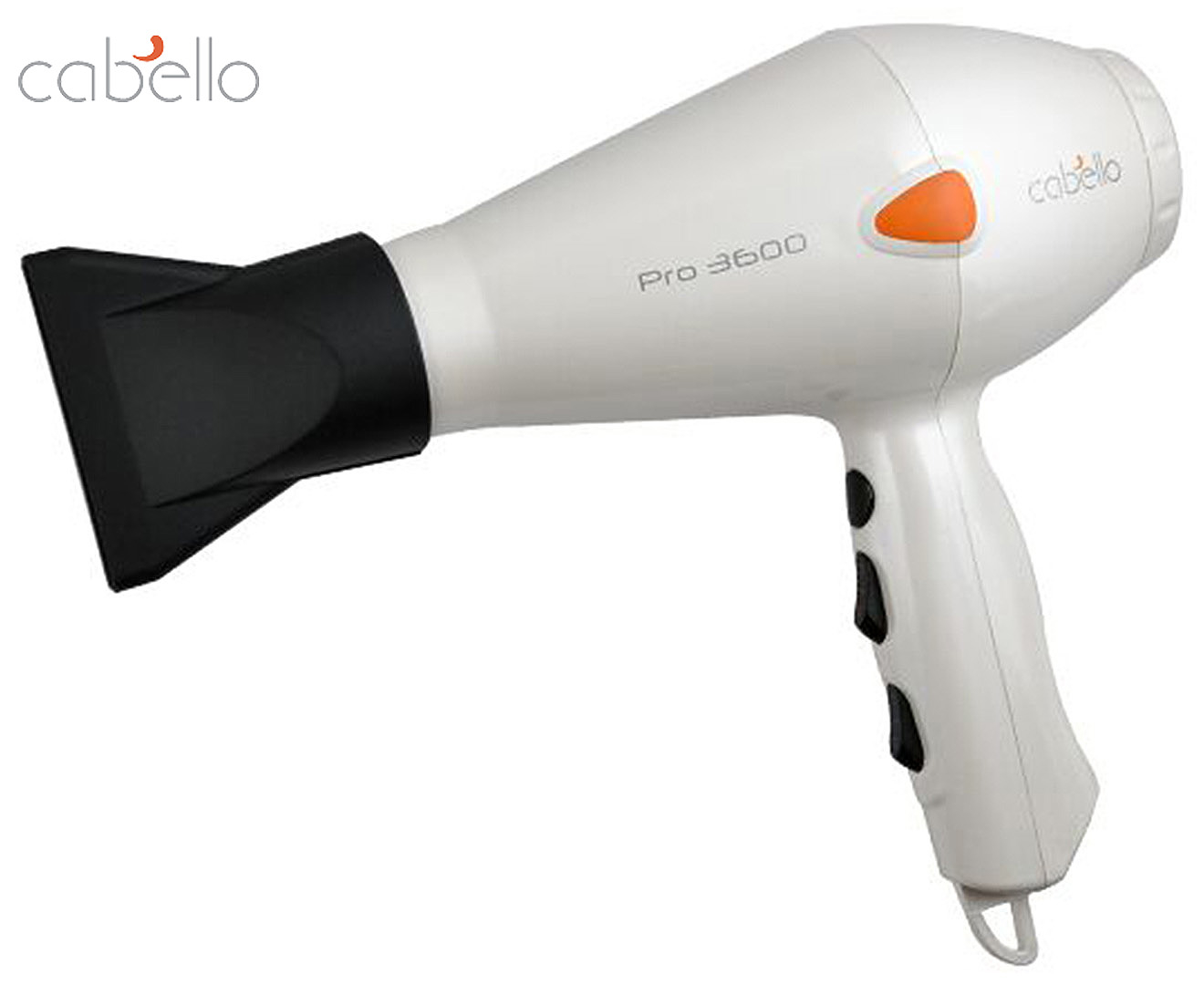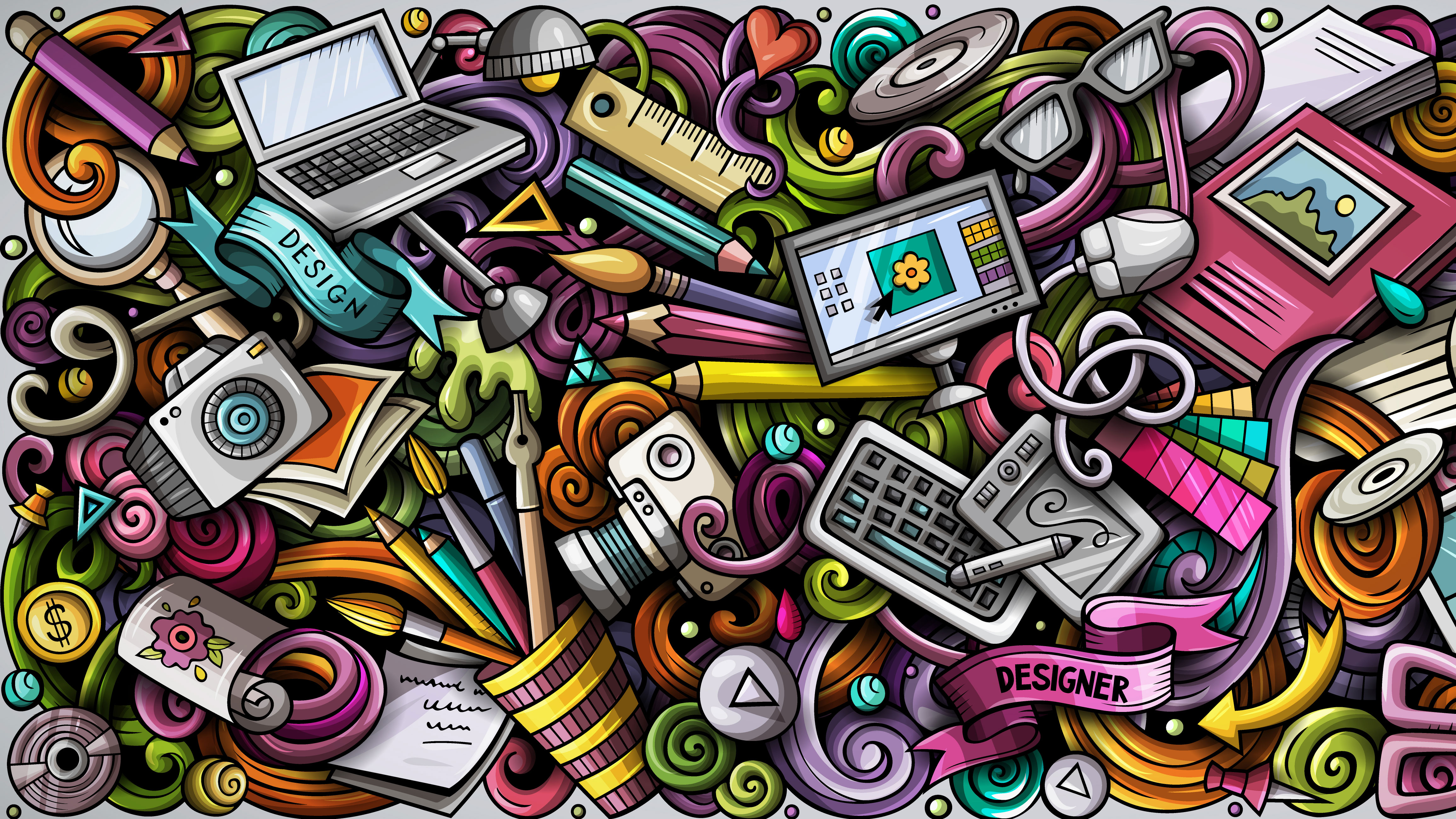Table Of Content

This goes beyond usual grooming, and people have trouble resisting the urge to pull their eyebrows. If you only pull your eyebrows, and not any other hair, it's sometimes considered a minor form of trichotillomania. Many types of therapy can support people with trichotillomania and even help them stop hairpulling completely. Providers also need to differentiate hair-pulling disorder from alopecia areata, a medical condition that causes hair to fall out in small patches. A trichoscopy, medical history, and scalp biopsy can all be used to rule out alopecia as a cause of hair loss. The connection between trauma and trichotillomania is not fully understood.
Frequently asked questions about trichotillomania
Research studies estimate it affects 0.5% to 3.4% of adults at some point in their lifetime. Although far more women than men are treated for trichotillomania, this may be because women are more likely to seek medical advice. In early childhood, trichotillomania occurs just as often in boys and girls. Some people pull their hair out somewhat automatically, without thinking about it. It also protects your eyes, ears and nose from small particles in the air. Common problem with the hair and scalp include hair loss, infections, and flaking.
Trichotillomania Symptoms
They can best guide you on what you can do to minimize the impact of this condition on your life. The possible side effects that can happen with medications depend on the medications themselves, as well as your medical history and circumstances. Your healthcare provider can tell you more about possible side effects, including potential trouble signs and how you should react if you see those signs. They’re the best source of information about this because they can tailor the information they give you to your specific health needs, situation and circumstances. Treating TTM often involves therapy, medication or a combination of both.
Reading the Signs of Trichotillomania
The disturbing habit of chewing, eating, or playing with pulled out hair represents a red flag, as well. If you or someone close to you is exhibiting any of these symptoms, seek professional assistance. A combination of psychotherapy and medication can help alleviate the suffering. You can read more about trichotillomania treatment and how to stop pullling out hair here.
People with hair-pulling disorder do not pull out their hair because they are concerned about their appearance and trying to fix it (as people with body dysmorphic disorder are). However, they may feel tense or anxious just before they do it, and hair pulling may relieve that feeling. A dermatologist is a medical doctor who specializes in treating the skin, hair, and nails. This condition represents body-focused repetitive behaviors (BFRBs), such as skin picking (excoriation), nail biting, and biting of the insides of one's cheeks that can lead to physical and emotional harm. Habit reversal training involves first monitoring hair pulling symptoms to increase awareness of these behaviors.
Prescription Medications
Do Arthritis Medications Cause Hair Loss? What You Need to Know - CreakyJoints
Do Arthritis Medications Cause Hair Loss? What You Need to Know.
Posted: Mon, 17 Jun 2019 07:00:00 GMT [source]
Your mental health care provider will also ask questions about your hairpulling, your life, and your overall mental health to help figure out what's going on. Hairpulling sometimes helps people feel in control of unpleasant physical sensations. For example, some people with trichotillomania who pull on their eyelashes say that they feel an eyelash getting in the way when they blink, so they try to remove the one that's bothering them.
Therapy focused on emotional regulation
They also say that pulling has negative effects on their lives, self-esteem, or well-being. While hair-pulling disorder cannot be cured, it can be managed with therapy. Even though hair-pulling disorder is classified as an obsessive-compulsive disorder, it is treated differently.
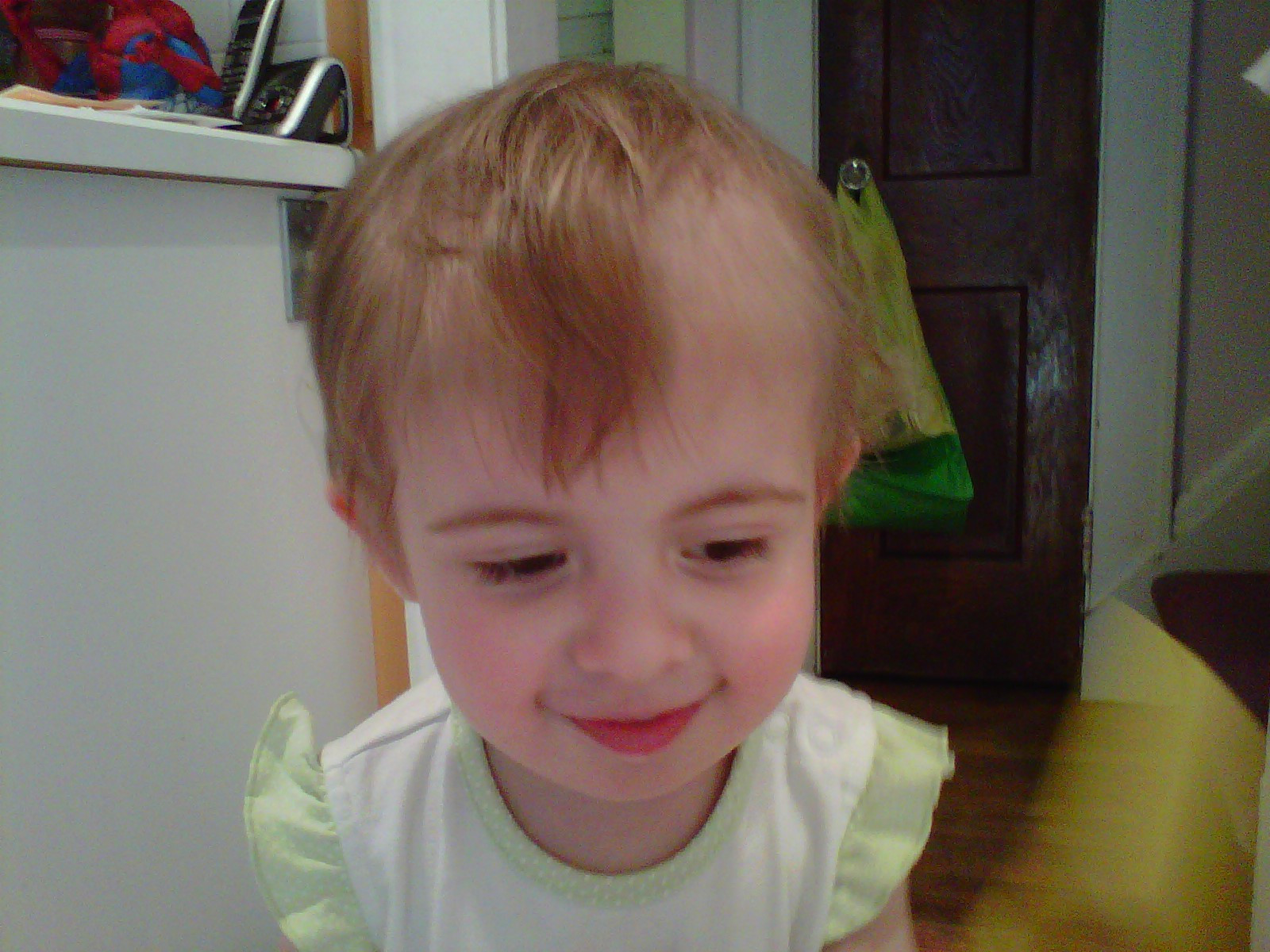
How is trichotillomania diagnosed?
That can make it harder for your healthcare provider to diagnose this condition based solely on asking questions. Patients, predominantly female adults, describe a tenseness that leads up to the strong desire to pull out their hair. Once the patient acts on the impulse, he or she feels relief or even pleasure. The act of hair pulling then becomes a habit in order to feel this sense of relief or pleasure again and again.
People with this disorder compulsively pull or pluck out their hair for noncosmetic reasons. They usually pull hair from their scalp, eyebrows, and/or eyelids, but any body hair may be pulled out. Although patients often deny the existence of their trichotillomania, you can look for a few strong signs of the disorder.
Scientists are still learning about it, but they think it might be linked to differences in the parts of your brain related to impulse control, learning, emotion, and movement. It might also be connected to brain chemicals, psychology, your environment, and stress. Automatic pulling might happen when you're studying, reading, or watching TV and not paying attention. Additional complications include social isolation from hiding to pull out hair and financial effects from being unable to continue with normal daily activities like going to work. Those who have symptoms may feel embarrassed or afraid to talk to their doctor about what they are experiencing.

The repetitive motions involved may also, in some cases, trigger joint injury or muscle pain. The available research, while limited, shows that people with TTM have this condition for an average of about 22 years. People also often describe that the condition has phases, becoming more or less severe for periods of time. Overall, early diagnosis and treatment are the best chance for limiting how long this condition lasts and how severely it impacts your life. In cases where your healthcare provider suspects a blockage from swallowed hair, you might also undergo other diagnostic tests. These include imaging tests like a computerized tomography (CT) scan, blood testing for anemia and more.
The onset of trichotillomania often coincides with the onset of puberty, and symptoms typically first appear between the ages of 10 to 13. However, symptoms may also manifest in infants, younger children, older teens, or adults. TTM is a mental health condition, which means it isn’t preventable. There’s also no known way of reducing your risk of developing it.
Because the disorder is not widely known or understood, many who struggle with it are not aware that it's a mental health condition for which they can seek treatment. While no treatment has been found to be universally effective, some show great promise and may deliver lasting relief. Cognitive behavioral therapy (CBT), coupled with habit reversal training (HRT), is currently thought to be the most effective approach for treating TTM.
For example, you might focus on using a fidget toy or stress ball instead of pulling your hair. Because eyelashes protect your eyes from dust and other irritating things, pulling them out can make you more likely to get eye infections and injuries. Pulling can also hurt the delicate skin on your eyelids, which makes it harder for eyelashes to grow back. One of the most popular wearables for hair-pulling disorder is HabitAware’s Keen2 bracelet, which costs about $150.


